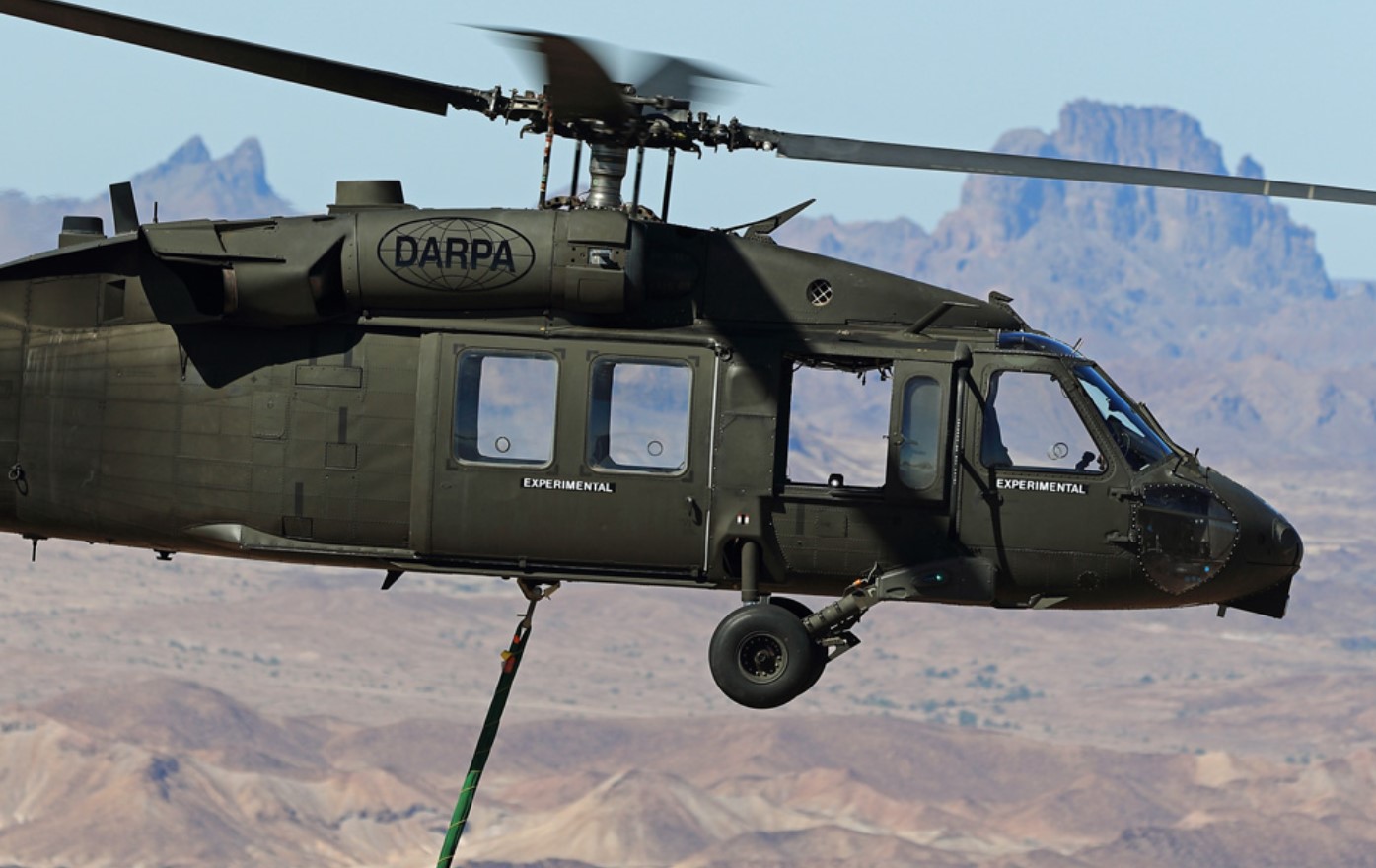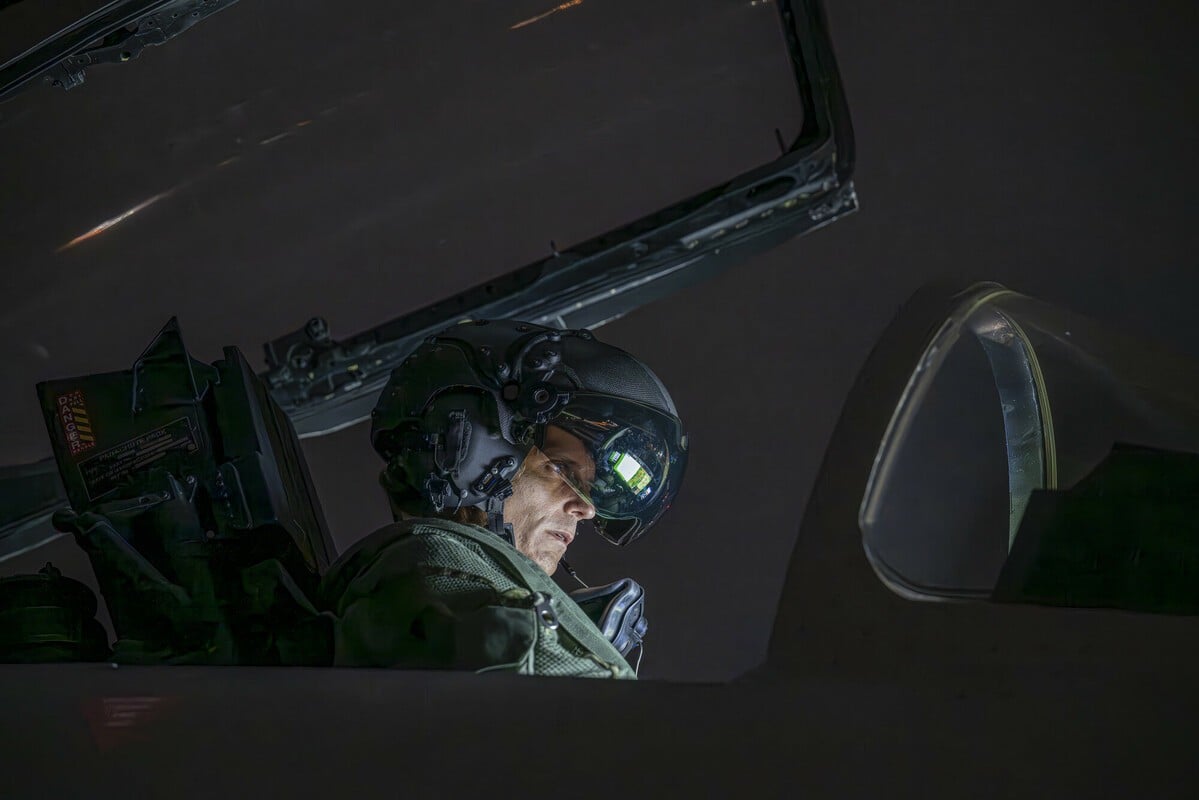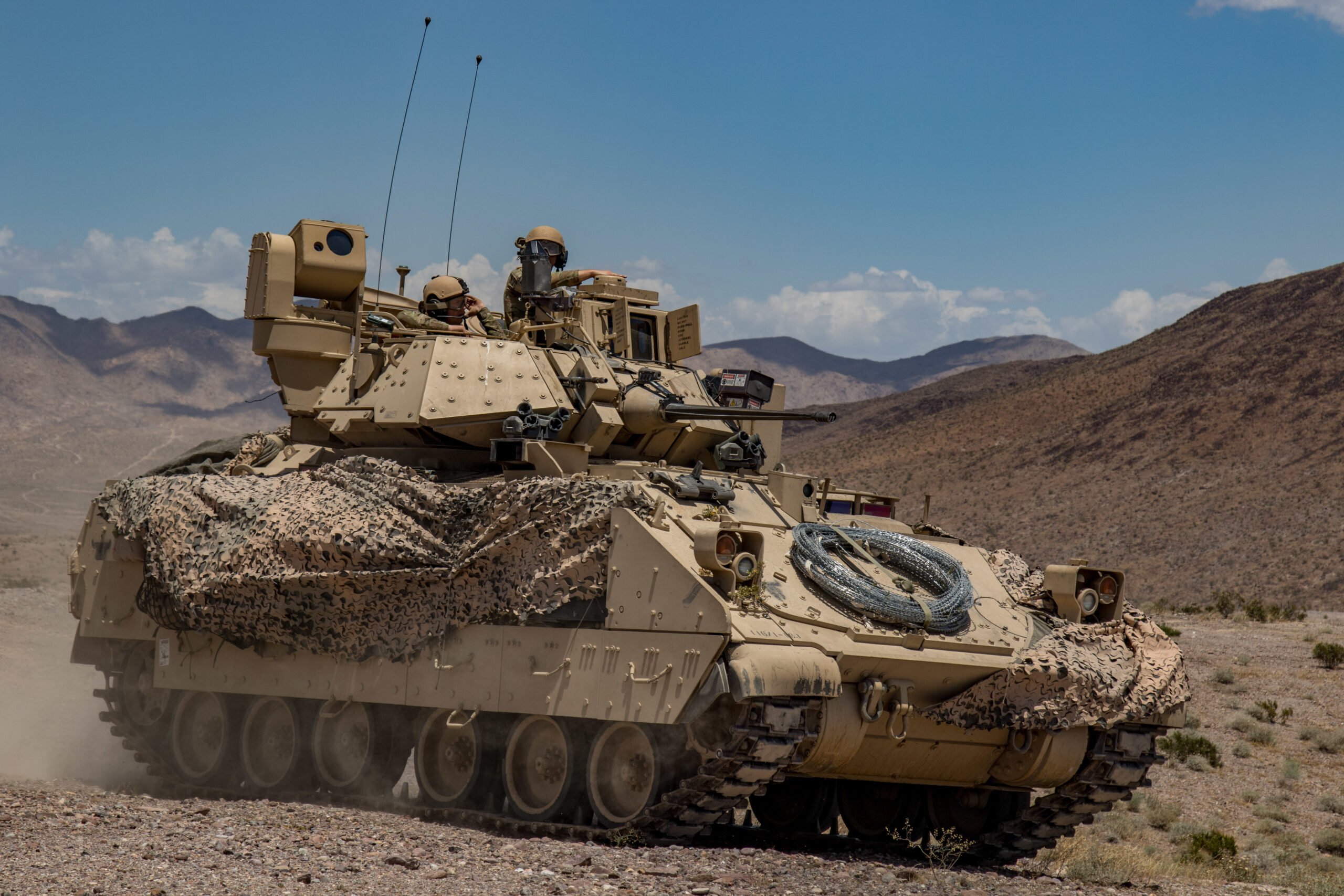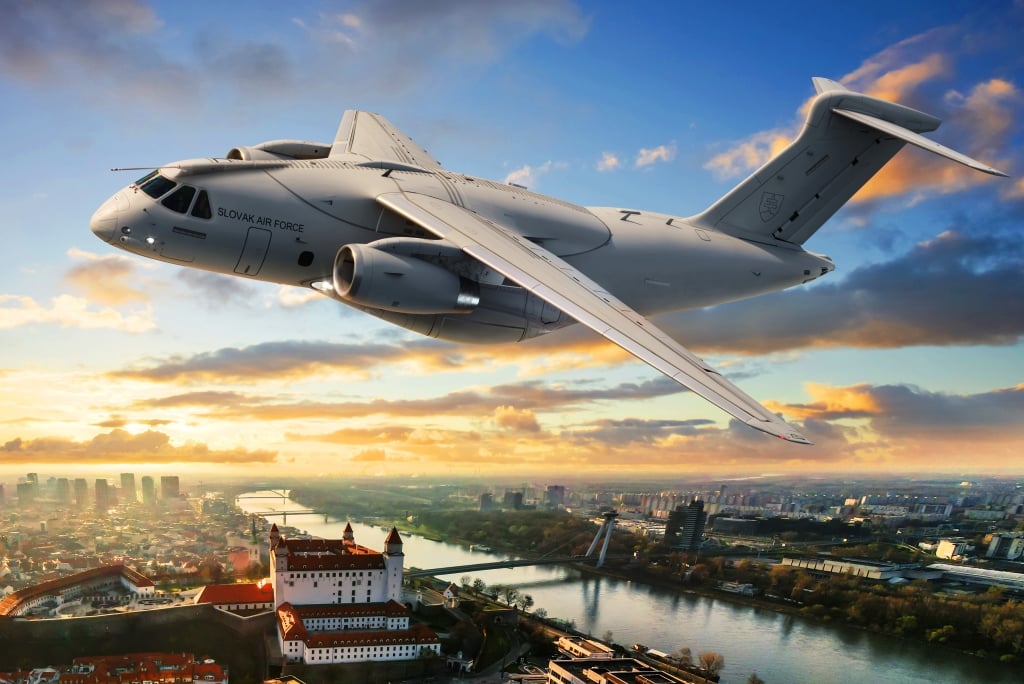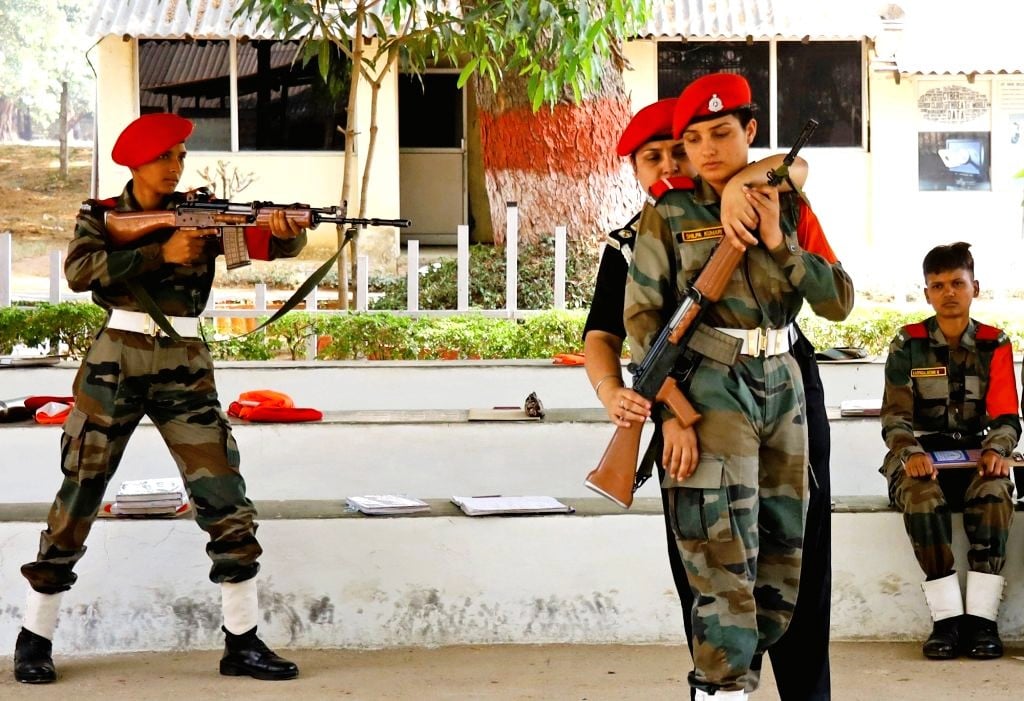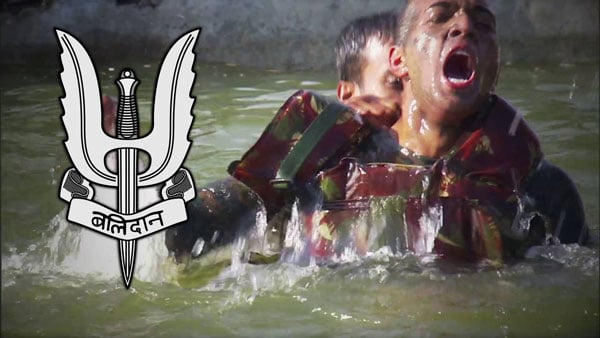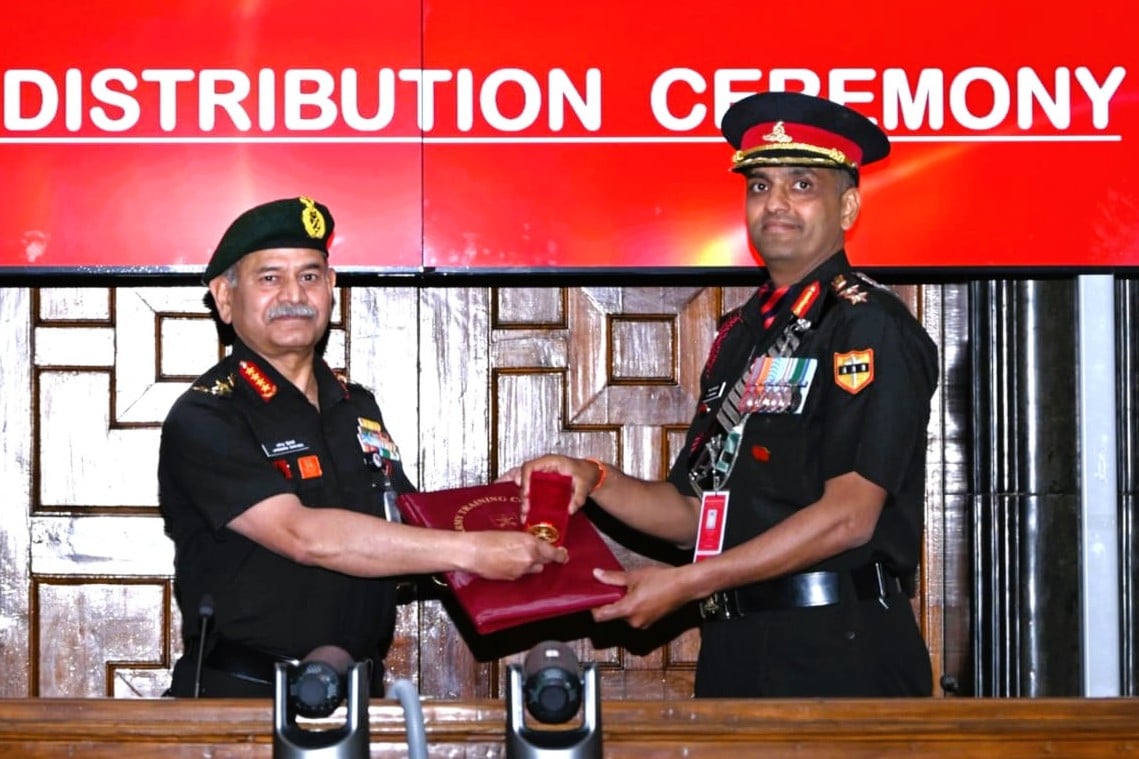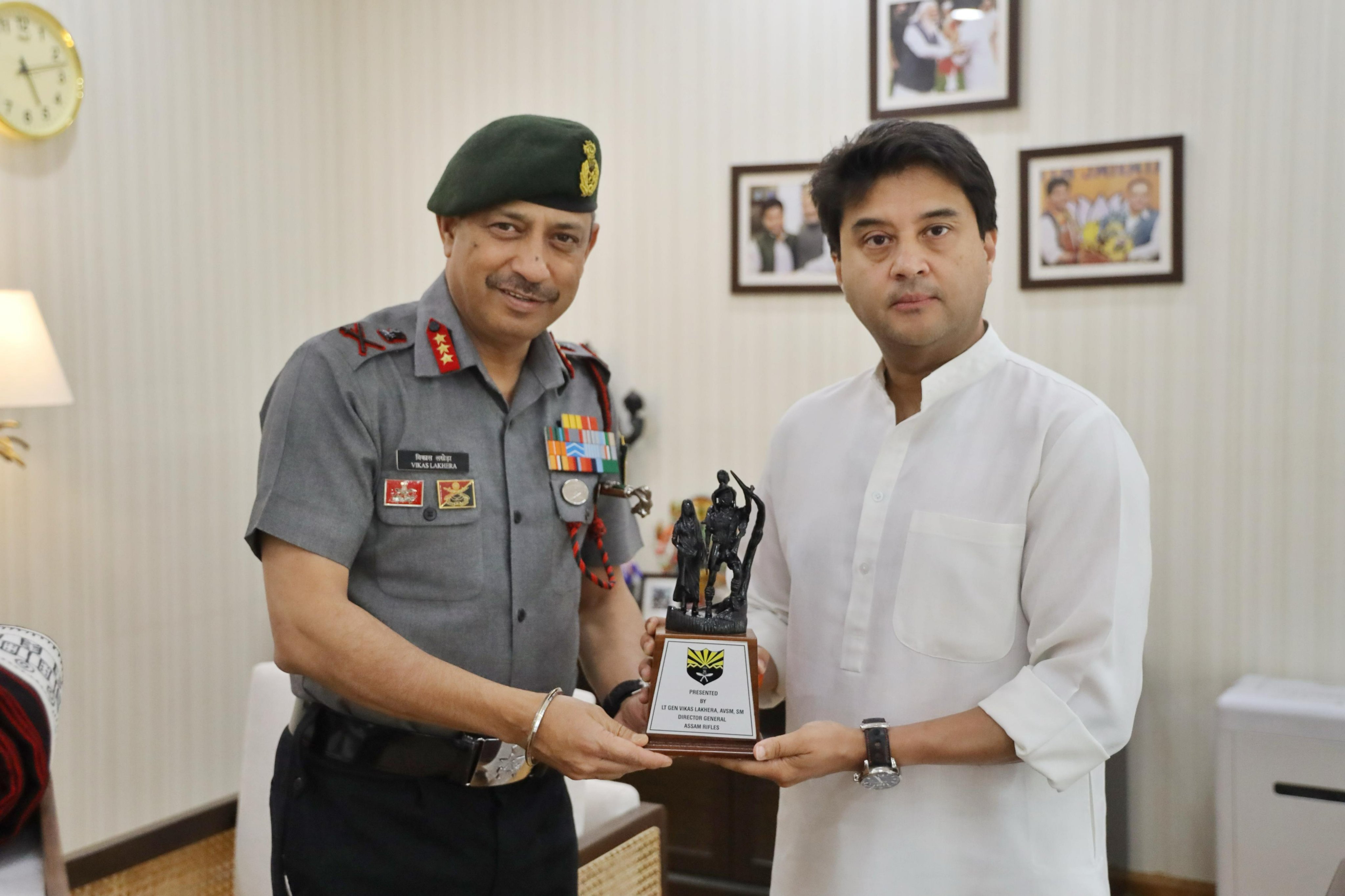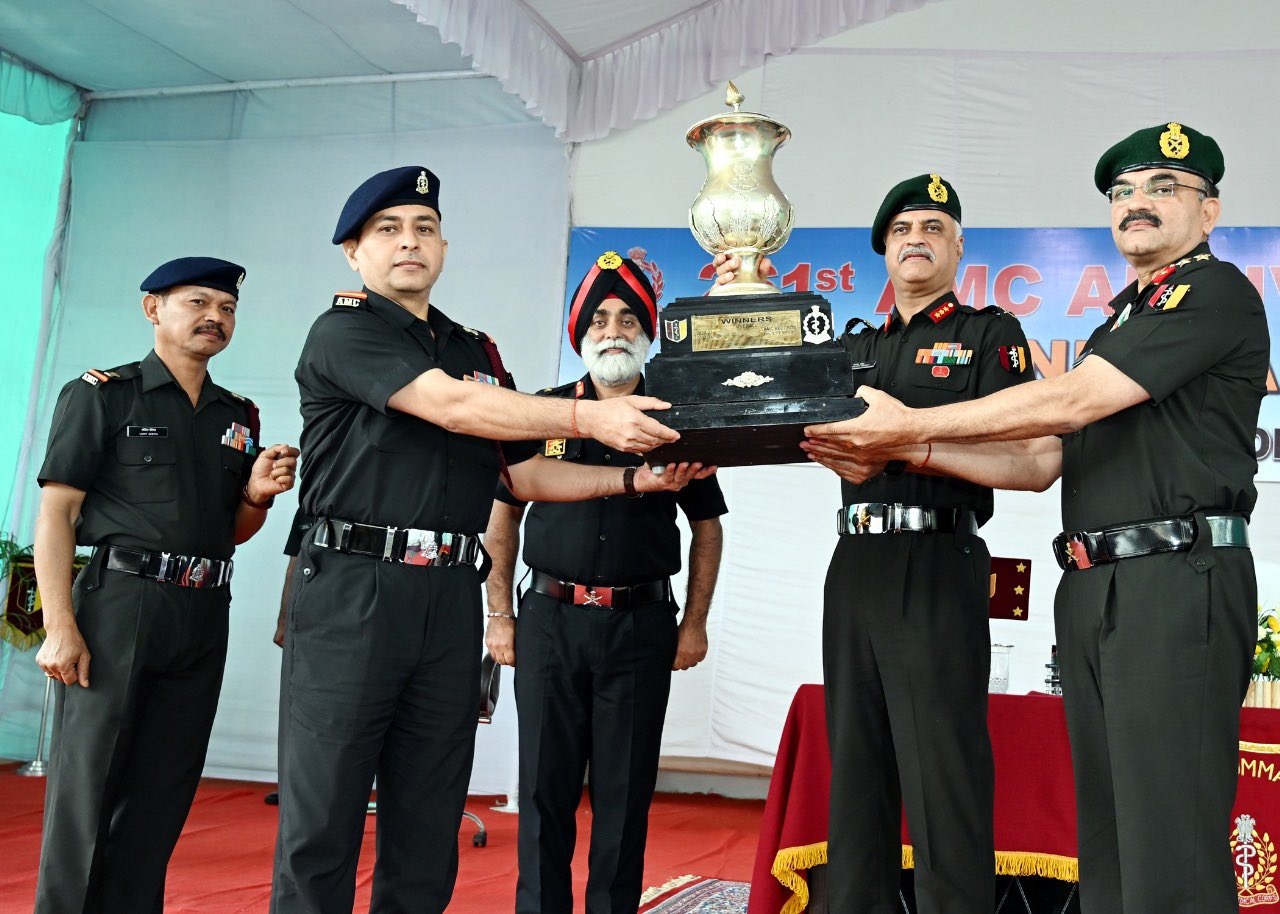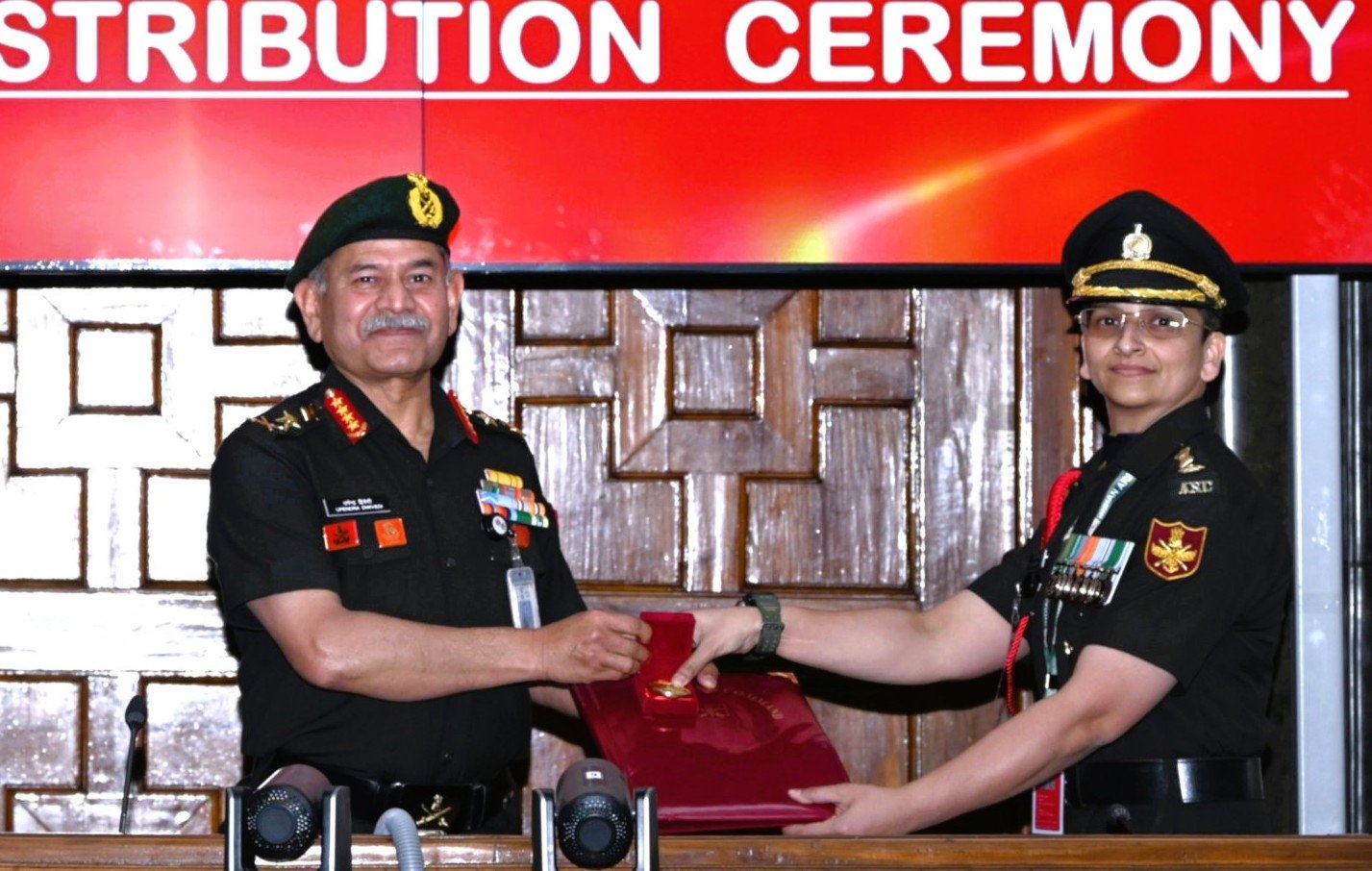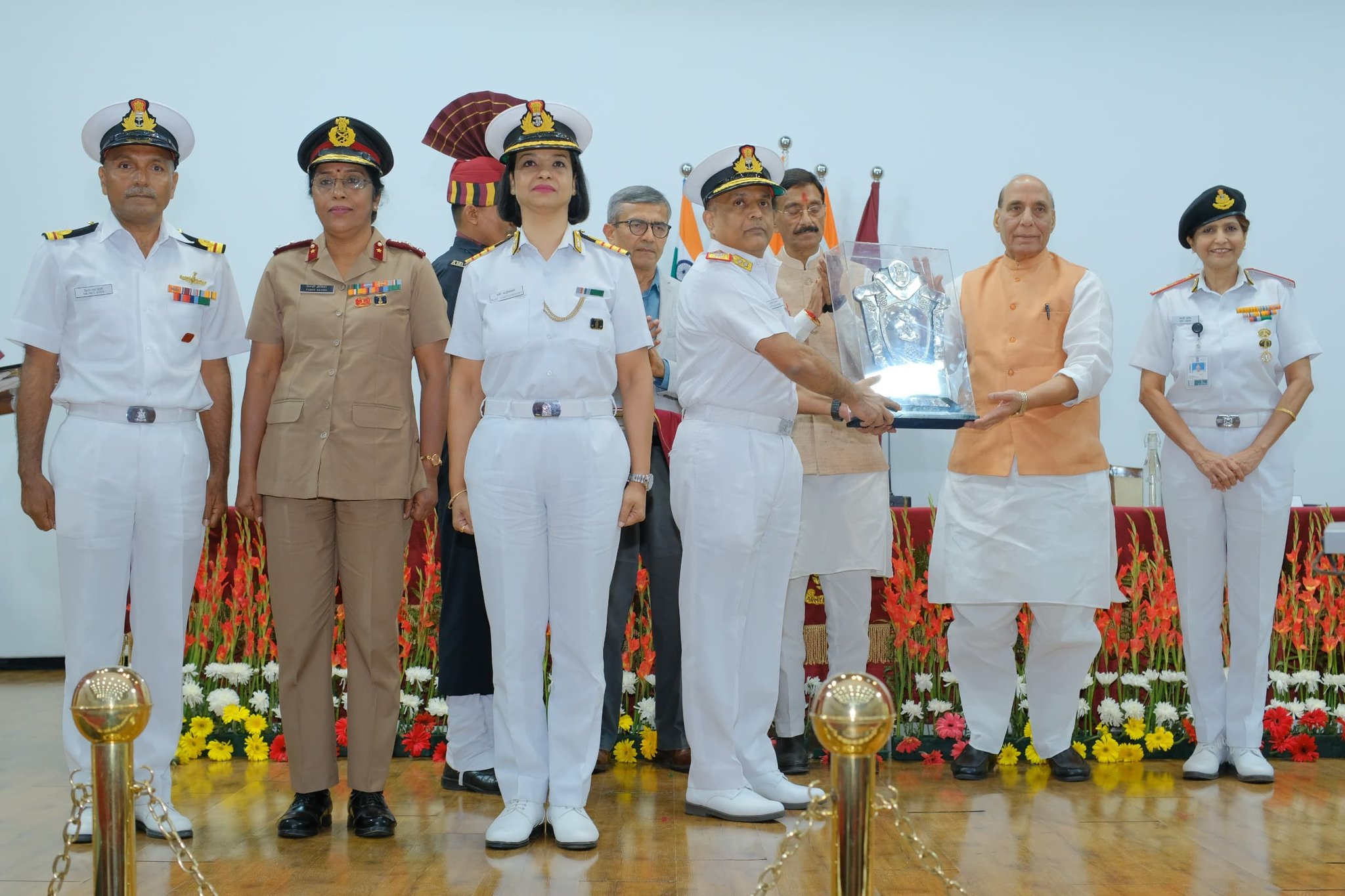Taiwan’s military is on heightened alert following the passage of Chinese warships near the island, signaling a potential military response from Beijing in light of President Lai Ching-te’s recent visits to the United States. The warning comes as Taiwan reported increased activity from the People’s Liberation Army (PLA), including both naval forces and coast guard vessels, detected in the Taiwan Strait and Western Pacific regions.
The Ministry of National Defense (MND) in Taipei outlined that its armed forces had confirmed the involvement of multiple PLA commands in the area and stated that they have initiated combat readiness drills aimed at addressing perceived threats. These drills involve adaptations based on current weather conditions and strategic positioning, as Taiwanese forces remain vigilant.
In a Twitter post, the MND emphasized the readiness of the Republic of China Armed Forces to counter PLA activities, highlighting their commitment to monitoring the situation closely. The ministry cautioned that any unilateral provocations would have repercussions for peace and stability in the Indo-Pacific region and reassured the public of their proactive measures to ensure national security.
Speculation regarding potential Chinese military exercises has surged following Lai’s Pacific tour, which included meetings in Hawaii and Guam — notably his engagement with U.S. House Speaker Mike Johnson. This was characterized as the highest-level interaction between the American and Taiwanese leaders during his week-long trip, provoking a sharp backlash from Beijing.
In response, a spokeswoman for the Chinese foreign ministry asserted that China would firmly uphold its sovereignty against Taiwanese military activities. The Beijing administration has reiterated its stance that Taiwan is a part of its territory and has not excluded the possibility of using force to assert control.
Lai addressed the situation during a press briefing, advocating for dialogue rather than confrontation. He remarked that despite China’s military maneuvers, coercive tactics would not earn respect from other nations, emphasizing the futility of aggression.
Taiwan’s coast guard further reported unusual movements of multiple Chinese coast guard ships in the waters surrounding Taiwan, particularly since Lai’s return. The PLA has also imposed airspace restrictions off the coasts of Zhejiang and Fujian provinces, which are expected to last until midweek. Military experts believe these restrictions could be related to missile testing and the establishment of no-fly zones, indicating heightened military readiness.
As Taiwan continues to navigate its defense against the persistent threat posed by China — which routinely conducts military exercises in the region — the island remains reliant on arms sales from the United States. Just prior to Lai’s overseas engagements, the U.S. approved a significant arms deal to Taiwan, including spare parts for F-16 fighter jets and radar systems.
Lai’s trip underscored the need for international cooperation in deterring conflict, reminding stakeholders that “there are no winners in war.” His administration’s firm stance on sovereignty has positioned him as a more vocal leader than his predecessor, inciting further ire from Beijing, which labels him a separatist.





